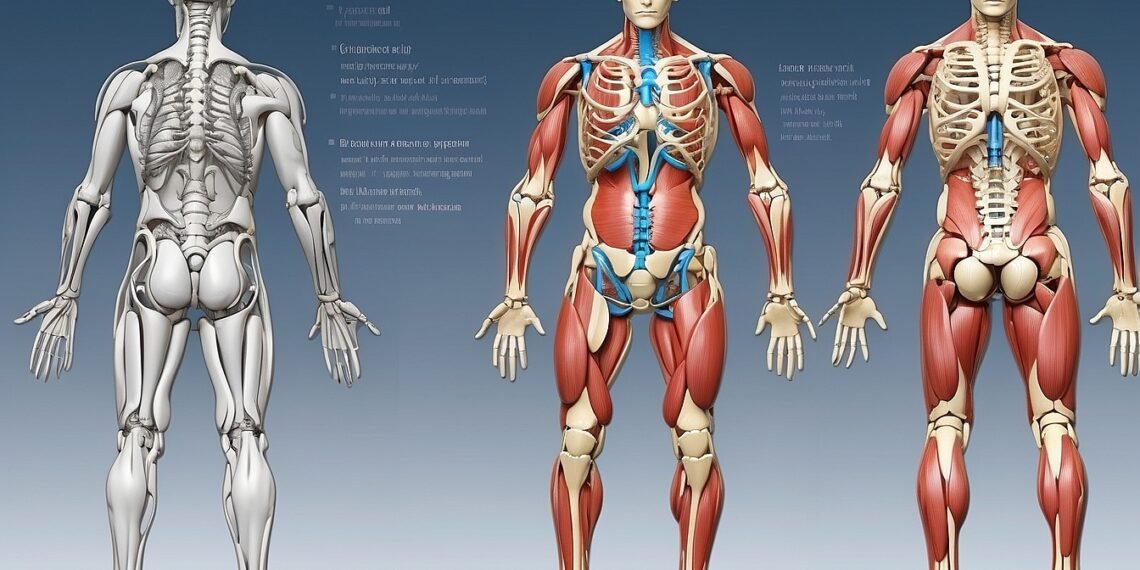Lower back and groin pain often stem from shared causes, like muscle strain, joint issues, or nerve irritation. Stretching, heat therapy, pain relievers, and posture correction can help. Consult a doctor if pain is severe, persistent, or accompanied by other symptoms.
Direct and indirect mechanisms:
- Muscle strain: Overuse, poor posture, or sudden movements can strain muscles in the lower back and groin, leading to pain.
- Joint issues: Osteoarthritis and other joint problems can affect the hips and lower spine, causing pain and stiffness in both areas.
- Nerve irritation: Pinched nerves in the spine can radiate pain to the lower back and groin.
Treatment options:
- Stretching: Gentle stretches targeting the lower back and groin muscles can improve flexibility and reduce tension, alleviating pain.
- Heat therapy: Applying a heating pad or hot water bottle to the affected area can increase blood flow and promote healing, reducing pain.
- Over-the-counter pain relievers: Medications like ibuprofen or acetaminophen can help reduce inflammation and pain.
- Posture correction: Maintaining good posture while sitting, standing, and walking can prevent muscle strain and alleviate pain in the lower back and groin.
- Physical therapy: A physical therapist can teach you specific exercises and stretches to strengthen muscles and improve flexibility, preventing future pain.
Definitions:
- Muscle strain: A tear or injury to a muscle or its attachment to a bone.
- Osteoarthritis: A degenerative joint disease that causes the breakdown of cartilage in the joints.
- Nerve irritation: Inflammation or compression of a nerve, causing pain, numbness, or tingling.
When to see a doctor:
- If the pain is severe, persistent, or worsens despite home remedies.
- If you have numbness, tingling, or weakness in your legs or feet.
- If you have difficulty walking or moving.
- If you experience fever, chills, or unexplained weight loss.
Additional resources:
- PDF: https://orthoinfo.aaos.org/en/diseases–conditions/low-back-pain/: https://orthoinfo.aaos.org/en/diseases–conditions/low-back-pain/
- YouTube video: https://www.youtube.com/watch?v=B6dc1J11Hio: https://www.youtube.com/watch?v=B6dc1J11Hio
Remember, consulting a healthcare professional is crucial for accurate diagnosis and personalized treatment of pain in the lower back and groin.
Follow-up questions about lower back and groin pain:
Pain specifics:
- Location: Where exactly are you experiencing pain? Is it centered in the lower back, groin, or radiating to other areas?
- Intensity: How would you describe the pain (sharp, dull, aching, burning)? How severe is it on a scale of 1-10?
- Duration: When did the pain start? Is it constant or does it come and go?
- Aggravating factors: What activities or movements seem to make the pain worse or better?
- Associated symptoms: Do you have any other symptoms besides pain, such as numbness, tingling, weakness, difficulty walking, or changes in urination?
Relationships:
- Impact on daily activities: How does the pain affect your daily activities, work, hobbies, and social life?
- Emotional impact: Are you experiencing anxiety, depression, or other emotional distress related to the pain?
- Support system: Do you have a strong support system of friends, family, or healthcare professionals who can help you manage the pain?
Treatment and management:
- Previous treatments: What have you tried so far to relieve the pain, such as over-the-counter medications, home remedies, or alternative therapies?
- Treatment effectiveness: Have any of these treatments been effective in relieving the pain? If so, to what extent?
- Openness to new treatments: Are you open to trying other treatment options, such as physical therapy, massage therapy, or pain management techniques?
- Pain management concerns: Do you have any concerns about managing the pain long-term, such as medication side effects or potential for addiction?
Other potential causes:
- Pre-existing conditions: Do you have any pre-existing conditions that could be contributing to the pain, such as arthritis, sciatica, herniated disc, or inflammatory bowel disease?
- Recent injuries: Have you experienced any recent falls, accidents, or injuries to your back, groin, or legs?
- Lifestyle factors: Do you have any lifestyle factors that might be contributing to the pain, such as poor posture, lack of exercise, smoking, or repetitive lifting?
- Medications: Are you currently taking any medications that could be causing the pain as a side effect?
Additional questions:
- Timeline for improvement: What is your timeline for expecting improvement in your pain?
- Concerns about the cause: Are you concerned about the underlying cause of the pain?
- Long-term management: Do you have any questions or concerns about managing the pain in the long term?
- Next steps: What are your next steps in seeking treatment for your lower back and groin pain?
By providing detailed and accurate information about your pain, you can help your healthcare professional diagnose the underlying cause and develop a treatment plan that addresses your specific needs and goals.

